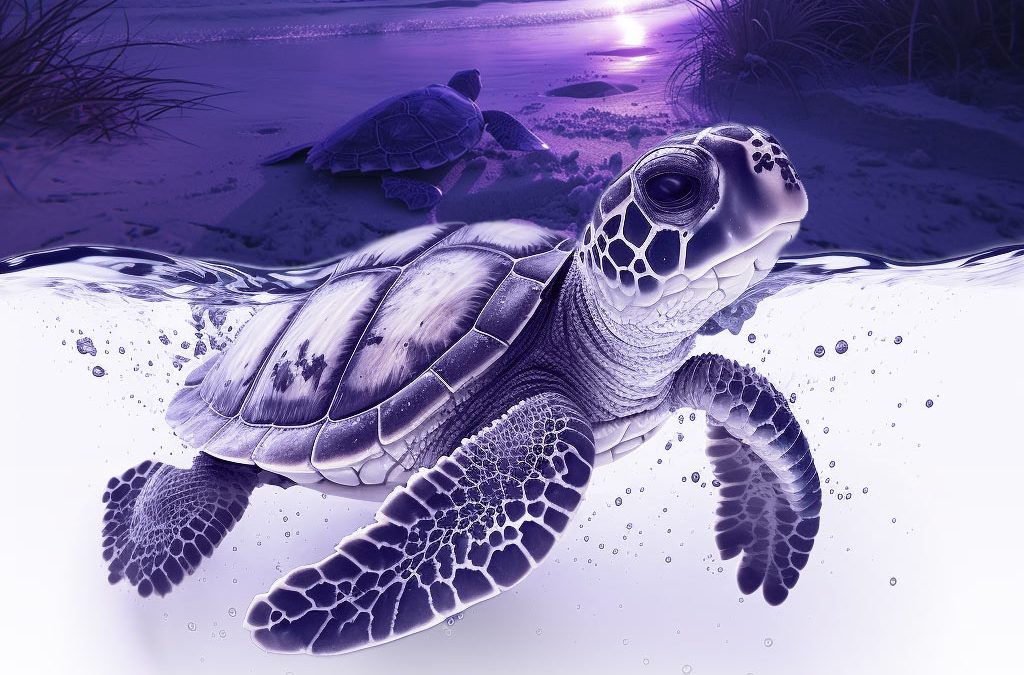
The Life Cycle of Sea Turtles: A Comprehensive Guide
The life cycle of sea turtles is a fascinating and complex journey that spans across multiple stages, each presenting its own set of challenges and critical milestones. The life cycle begins when adult female sea turtles return to the beaches where they were born to lay their eggs. This process, known as nesting, typically occurs at night, and the female carefully selects a suitable location to dig a nest in the sand. After laying a clutch of eggs, the female covers the nest, camouflages it to avoid detection by predators, and returns to the ocean.
Life Cycle Stages:
- Egg Development
- Hatching
- Dispersal and Pelagic Stage
- Juvenile Stage
- Maturity and Reproduction
- Parental Care
Following a period of incubation, which varies depending on the species, the eggs hatch, and tiny sea turtle hatchlings emerge. The hatchlings then face the arduous journey from the nest to the ocean, a critical phase during which they are highly vulnerable to predation. Guided by natural instincts and the reflection of the moon and stars on the water, the hatchlings navigate towards the sea. This perilous trek is a crucial test of survival for the young turtles, and only a small percentage of hatchlings make it to the ocean.
How many baby turtles survive after hatching?
After hatching, the journey of a baby sea turtle to survival is fraught with challenges. While the exact number varies depending on species and location, estimates suggest that only about one in a thousand baby sea turtles survive to adulthood.
The Lost Years
Once in the water, sea turtle hatchlings enter what is known as the “lost years” phase. During this period, which can last for several years, the turtles disperse across vast oceanic areas. Little is known about this phase of their life cycle, as the turtles are challenging to track during this time. As they grow, the turtles go through various developmental stages, adapting to their oceanic environment and becoming more resilient to predation.
Maturity
Upon reaching maturity, which can take several years, sea turtles return to coastal areas for the mating season. Adult males and females engage in complex courtship behaviors before mating in the open ocean. After mating, female sea turtles return to the nesting beaches to lay their eggs, completing the cycle and perpetuating the next generation of sea turtles.
The Saving Efforts
The life cycle of sea turtles is connected to the health of both marine and ecosystems. Conservation efforts are crucial at every stage of their life cycle, from protecting nesting beaches to addressing threats in the open ocean. Understanding and preserving the life cycle of sea turtles is essential for the conservation of these ancient and charismatic marine species.

